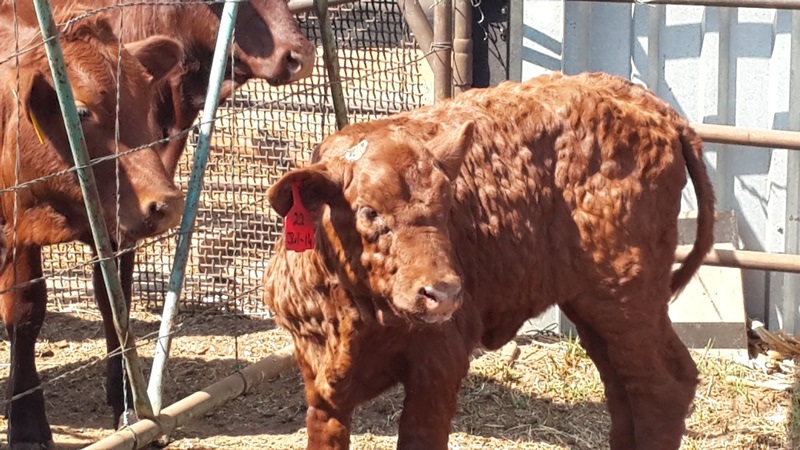

01 Apr 2017
Focus On… Lumpy skin disease – what can we do?
SHARE

DR PIP BEARD
Lumpy skin disease expert, The Pirbright Institute
Lumpy skin disease expert Pip Beard, the Pirbright Institute, gives a comprehensive summary of what we know to date about lumpy skin disease, including its impact and control options.
The disease and its impact
Lumpy skin disease is caused by infection with the poxvirus Lumpy skin disease virus (LSDV). The virus is one of three closely related species within the genus Capripoxvirus, the other two species being Sheeppox virus and Goatpox virus. LSD was first described in Zambia in 1929. Over the next 85 years, it steadily spread throughout the majority of Africa and into the Middle East. In 2015, the virus entered mainland Europe in Greece, and the Caucasus into Russia. In 2016, the virus spread further east into the Balkans, north towards Moscow, and west into Kazakhstan. It is currently considered a rapidly emerging disease of high consequence.
Lumpy skin disease is characterised by nodules which occur on the skin of affected cattle. Other clinical signs include general malaise, ocular and nasal discharge, fever, and sudden decrease in milk production. Morbidity and mortality in the recent Eurasian epidemic has been approximately 10% and 1% respectively. The severity of disease in the 10% of affected cattle in the herd can vary from mild to fatal. Some cattle develop very small numbers of nodules which can be difficult to spot. Others develop innumerable, coalescing nodules up to 3cm in diameter. The factors which determine which cattle develop mild and which develop severe disease are unknown.

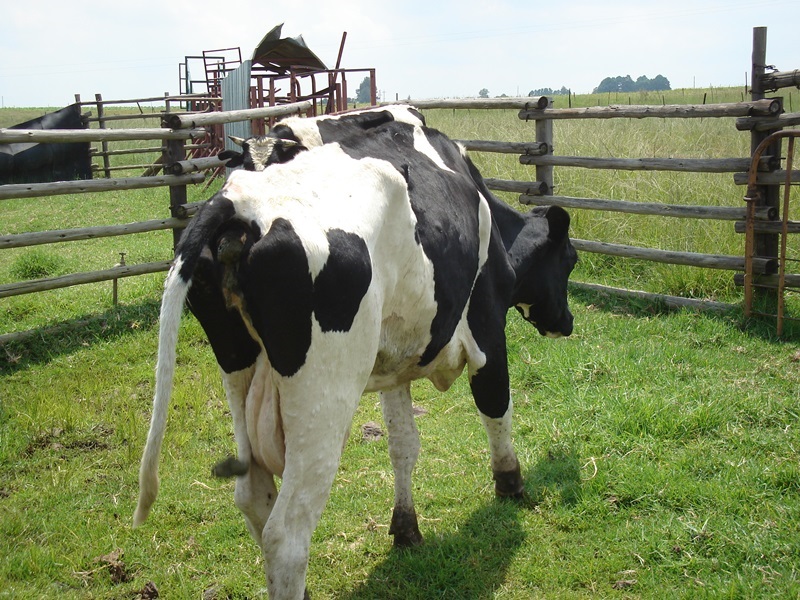
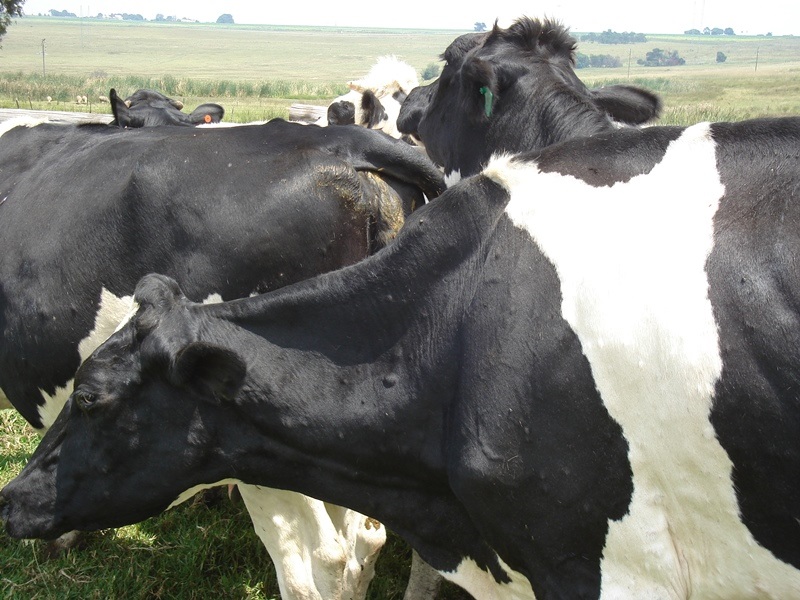
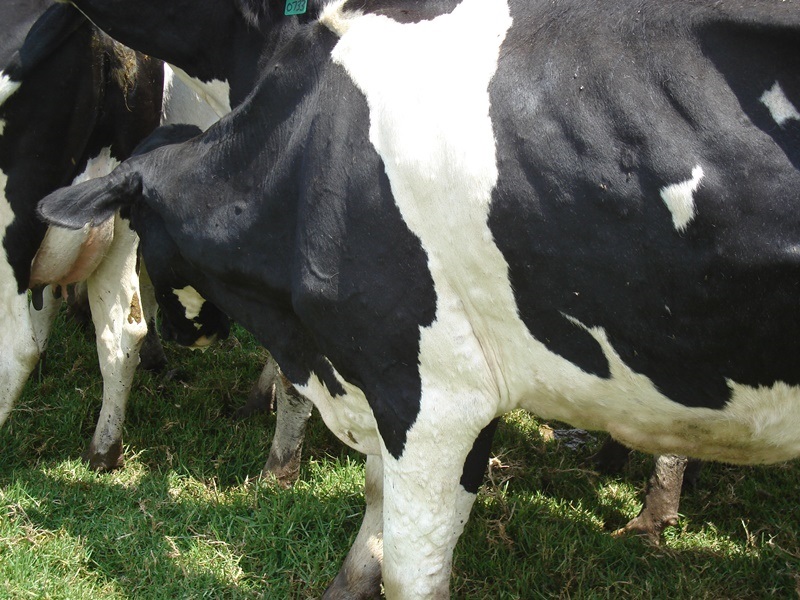
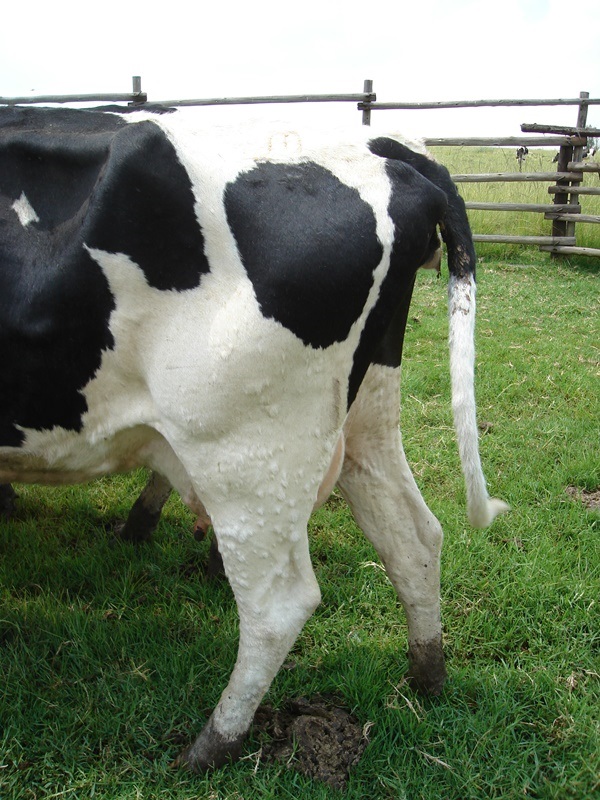
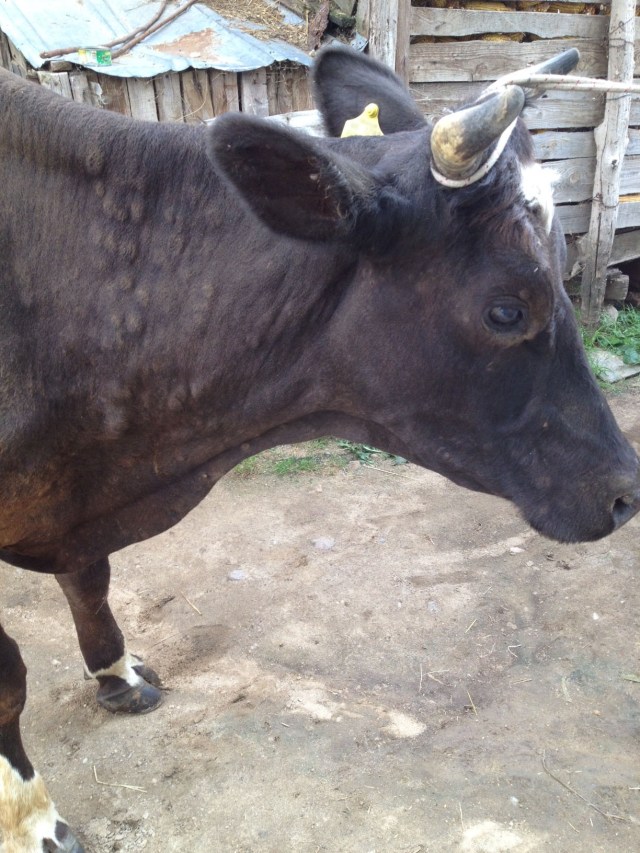
Transmission and knowledge gaps
The scientific literature on LSDV is limited with key pieces of information missing. The method of transmission of the virus is one of the key “unknowns” that blocks effective disease control and prevention.
The means by which LSDV travels from cattle to cattle and farm to farm are unclear. Experimental work has shown that direct transmission from an infected to a naïve animal is very inefficient. However, experimental and epidemiological evidence supports transmission of the virus via arthropods such as insects or ticks (these are termed virus “vectors”). For example, outbreaks of LSD occur during warm, wet weather while the disease usually diminishes in the cooler winter months. In addition, LSD epidemics are often characterised by new outbreaks occurring at distances over 50km from the nearest known disease focus. These characteristics strongly suggest insect-borne transmission. LSDV has been found in or on insects and ticks after they have fed from a LSD-affected animal however, causing disease in naïve cattle by feeding infected / contaminated arthropods on them has rarely been achieved. Consequently, it is unclear which vector species are involved in transmission of LSD, or if it is a simple mechanical transmission of the virus or a more complicated biological transmission involving replication or development of the virus in the vector.

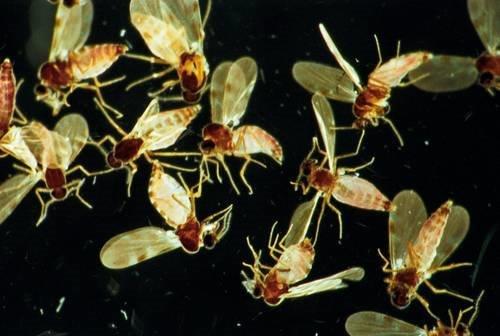
Challenges for disease management
Control and prevention of lumpy skin disease relies on four tactics – movement control (quarantine), vaccination, slaughter campaigns and management strategies. Lack of knowledge about the transmission of LSD hampers implementation of all four tactics. We do not know the vector or vectors responsible for long distance spread of LSD therefore the width and shape of restriction and surveillance zones around an outbreak of LSD are empirically determined, rather than calculated based on the likely spread of insects that transmit the virus. Vaccination programmes are blanket rather than focused on the areas most at risk for disease incursion. This results in inefficient use of the vaccine that has been a particularly precious resource during the current Eurasian epidemic. Vector control as part of on-farm management strategies to control LSD has been advocated however without knowing which vector needs to be controlled these strategies are difficult to design. Non-specific vector control risks widespread environmental damage.
Way forward
LSD is likely to persist in Europe and eastern Asia for some years. Research into the means of transmission of LSDV is required in order to improve protection and control programmes and eventually progress to eradication strategies. The main lesson to be learned from the current LSD epidemic is that preparedness for emerging diseases is crucial. The limited LSD knowledge-base meant the current epidemic was impossible to predict with any accuracy, and subsequently has been very difficult to control. The LSD epidemic should encourage research efforts into other neglected pathogens to ensure at least a fundamental evidence base exists to support policy makers, farmers and animal health workers in their efforts to control emerging diseases.
DR PIP BEARD
Lumpy skin disease expert, The Pirbright Institute
The views and opinions expressed in this article are those of the author.

